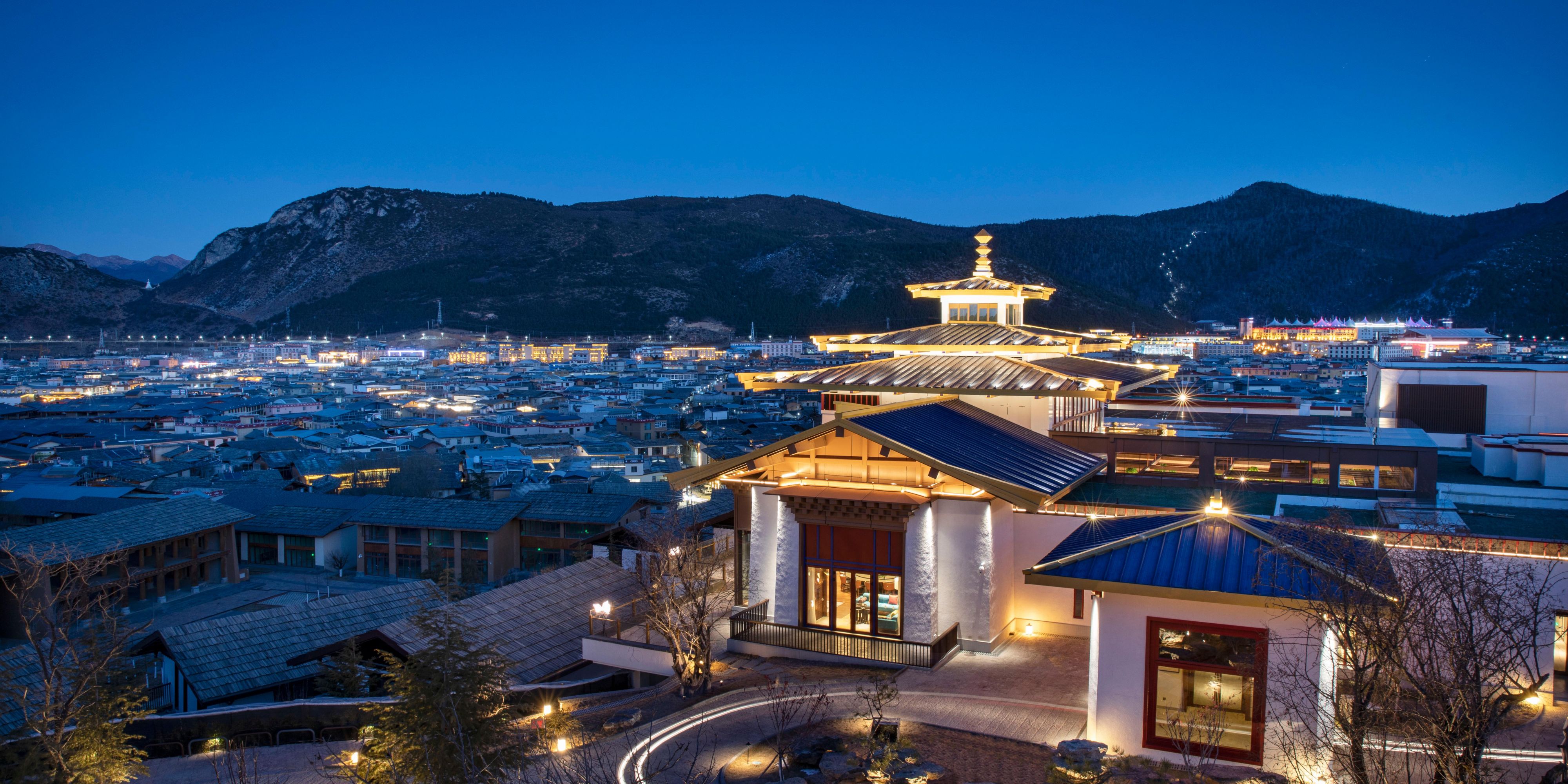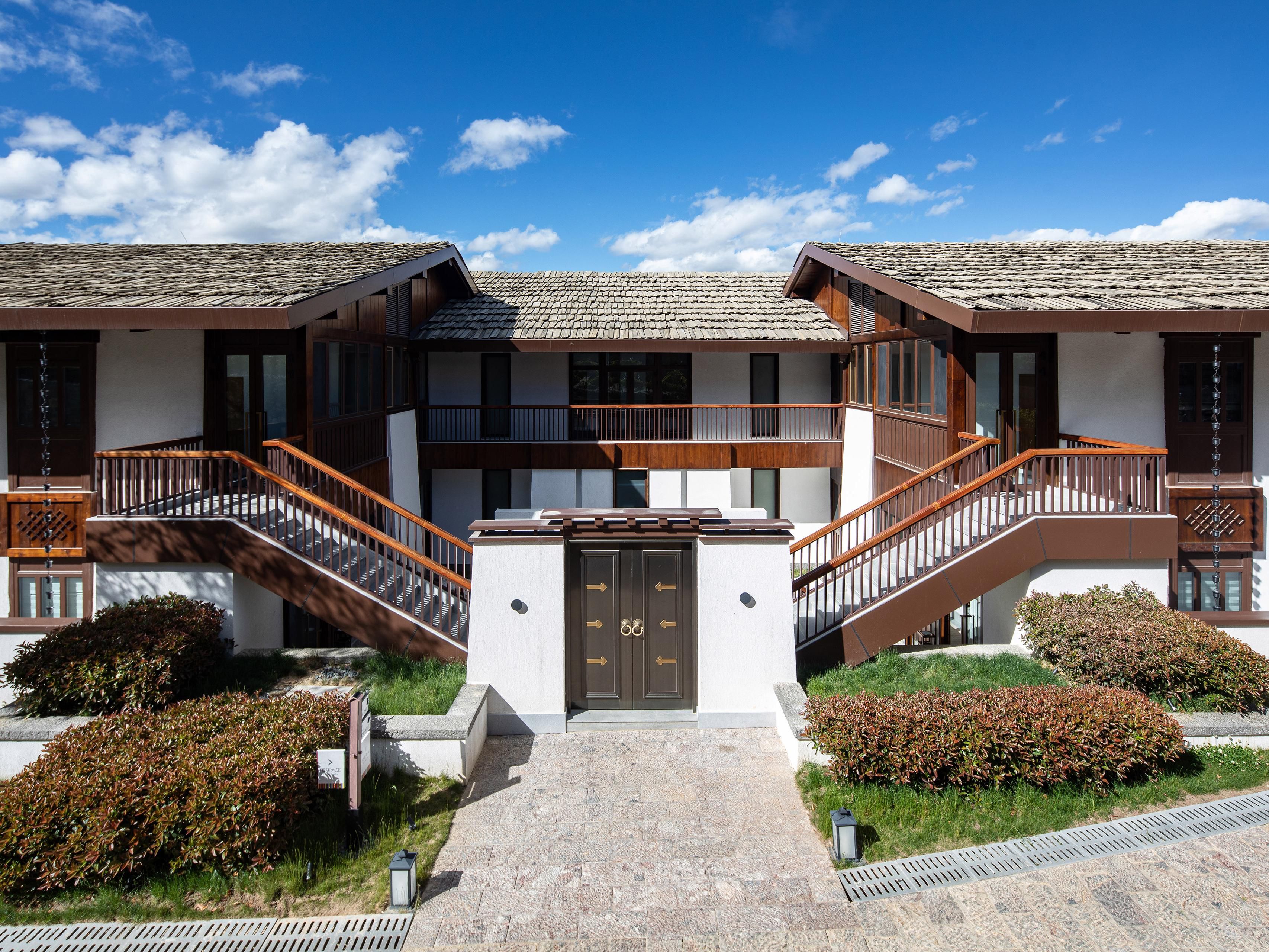Hotel Indigo Diqing Moonlight City Local area

- Tibetan Thangka Painting Art Experience
- Discover Shambhala Neighborhood Story Hub
Reservations:
Front desk: 86-887-3086666
Email: reservation@indigodiqing.com
No. 1000 East Corridor Jinlong Community Jiantang Town, Shangri-La Diqing, Yunnan 674400 Mainland China
Check-in: 2:00 pm
Check-out: 12:00 pm
Minimum check-in age: 18






